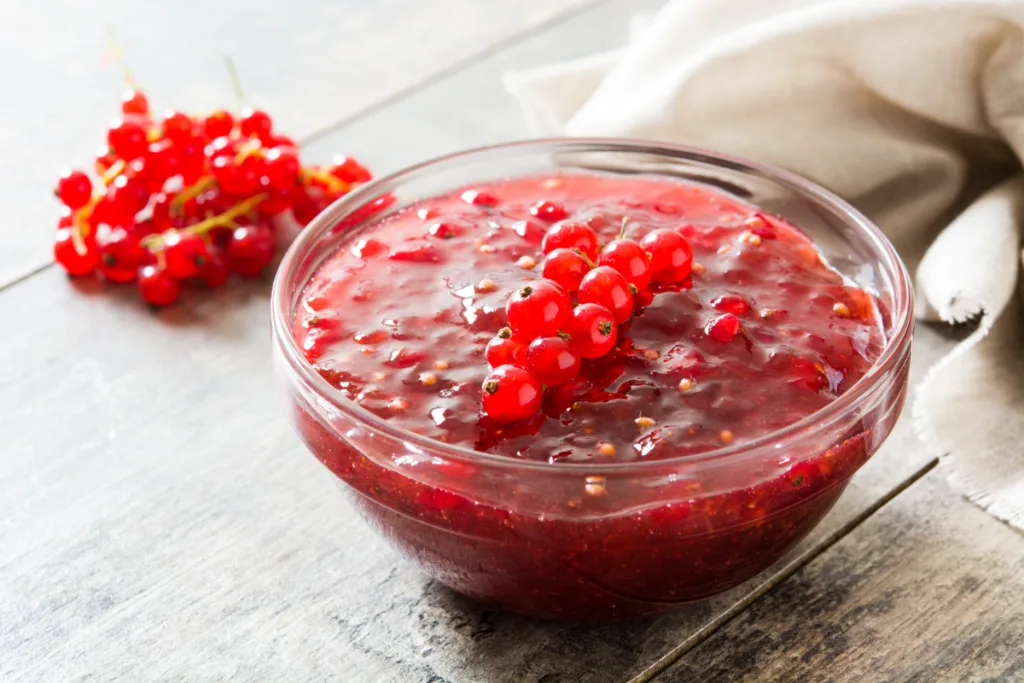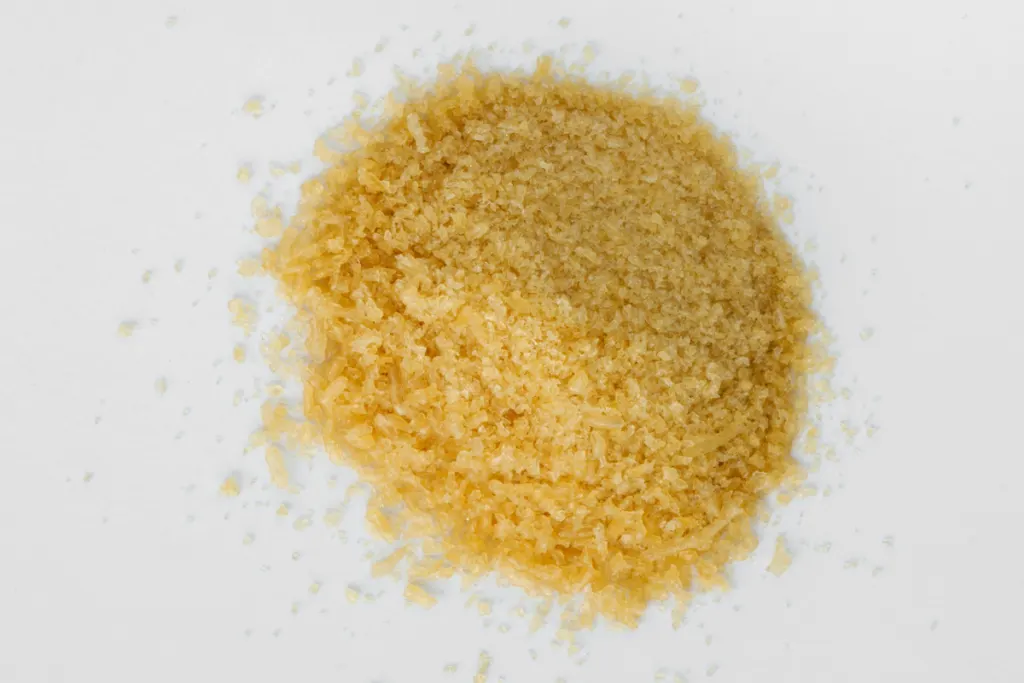You’ve probably had your fair share of experiences with cranberry sauce. It’s a classic condiment that’s perfect for the holiday season as a sauce for meat and other dishes. However, I’ve had my fair share of disappointments trying to thicken cranberry sauce, such as it becoming too runny.
But fear not, as there are several ways to thicken cranberry sauce, like using cornstarch or arrowroot powder, while another method is to reduce the liquid by simmering the sauce. We’ll explore these methods on how to thicken cranberry sauce and also why cranberry sauce can be thin, how thick it should be, and the different methods to thicken that runny sauce of yours.

Jump To
Why Is My Cranberry Sauce Thin?
If you find that your cranberry sauce is not as thick as you want it to be, there are several possible reasons why it may not have thickened properly. Here are some common factors to consider:
Insufficient Cooking Time
You should always follow the recipe instructions and cook the cranberries for a sufficient amount of time. This is because they release natural pectin, which is responsible for thickening. If the cranberries are not cooked for a recommended duration, the pectin may not fully activate, which will create a dreary and runny sauce.
Not Enough Pectin
A lack of pectin can cause the sauce to be thin and runny, as it’s a natural thickening agent found in cranberries that’s responsible for creating the desired gel-like texture of the sauce. If the cranberries used in the recipe are not high in pectin, or if additional pectin is not added, the sauce may not thicken properly.
If you wanna avoid this, use cranberries that are high in pectin or add powdered pectin to the recipe to ensure the sauce thickens properly.
Too Much Liquid
Excess liquid in your sauce can dilute the natural pectin and other thickening agents in it, causing it to be thin and lacking in texture. So be sure to measure your liquid ingredients carefully and avoid adding more water or other liquids than the recipe calls for.
Also, cooking the sauce for its recommended duration can help excess liquid evaporate for the sauce to thicken properly.

How Thick Should A Cranberry Sauce Be?
The thickness of cranberry sauce can vary from quite thick, like a jam or jelly, to quite thin, like a syrup. Adding more or less liquid, such as water or orange extract/juice, during the cooking process will help adjust the thickness.
When deciding how thick to make your cranberry sauce, consider how you’ll be using it. If you plan to serve it as a condiment, a thicker sauce is just what you’ll need to make it easier to spoon onto the plate. A thinner sauce, though, may prove to be better for use as a glaze or marinade for meats, as it will be easier to spread over the surface.
Ways to Thicken Cranberry Sauce
Let It Simmer
Simmering your cranberry sauce is probably one of the simplest and best ways to make it more flavorful and thick. To start, bring the mixture to a boil, then reduce the heat and let it simmer for about 10-15 minutes. As the cranberries break down and release their juices, the sauce will thicken. Stir occasionally and adjust the heat if needed.
Once the sauce has thickened and reached a flavor you’re happy with, remove it from the heat and let it cool. It will continue to thicken as it cools, so don’t worry if it seems too runny at first.
Use Gelatin
Using gelatin is a common and affordable way to thicken cranberry sauce, as it creates a firmer and more stable consistency. Applying gelatin is as easy as starting your recipe normally and cooking it until it reaches your preferred texture. Once you remove it from the heat, let it cool slightly.
While the sauce is still warm, sprinkle a small amount of powdered gelatin over the surface and whisk it in until fully dissolved. Now, you’ll wanna use about 1 teaspoon of gelatin per 2 cups of sauce and let it cool to room temperature to allow the gelatin to set and thicken the sauce. If need be, add more gelatin and let the sauce cool completely before serving.

Use Pectin
Pectin is a great natural thickener that can create a firm and jelly-like texture in your failed sauce. It’s found in many fruits, including cranberries, and is often used in commercial fruit preserves and jams.
Again, begin with your usual recipe and cook until it has thickened slightly. Then, according to the manufacturer’s instructions, add roughly 1 tablespoon of pectin per 2 cups of sauce. Cook for 1-2 minutes while stirring constantly. Remove from the heat, and let it cool to room temperature. You can also add more pectin if needed and repeat the process until the desired consistency is achieved.
Add Cornstarch Slurry
A cornstarch slurry is another amazing thickening method that’s an easy and effective way to thicken cranberry sauce. First, you’ll have to make the cornstarch slurry. This can be done by mixing equal parts cornstarch and cold water. Add the slurry to the hot cranberry sauce while stirring continuously until it thickens to how you like it.
You can use other thickeners like arrowroot powder or tapioca starch if you prefer a more natural taste. These thickeners work very similarly to cornstarch and can be used in the same proportions.

Add Tapioca
Tapioca is a starchy substance that’s derived from the cassava root and is available in different forms, such as flour, flakes, and pearls, but the pearls are the most commonly used form for thickening sauces. Tapioca creates a thicker, more gel-like consistency than cornstarch, which is why it’s a vastly preferred choice for thickening a sauce.
All you have to do is mix one tablespoon of tapioca starch with one tablespoon of cold water to thicken cranberry sauce without altering its taste. Add the mixture to the hot cranberry sauce while stirring continuously until it thickens to the desired consistency.
